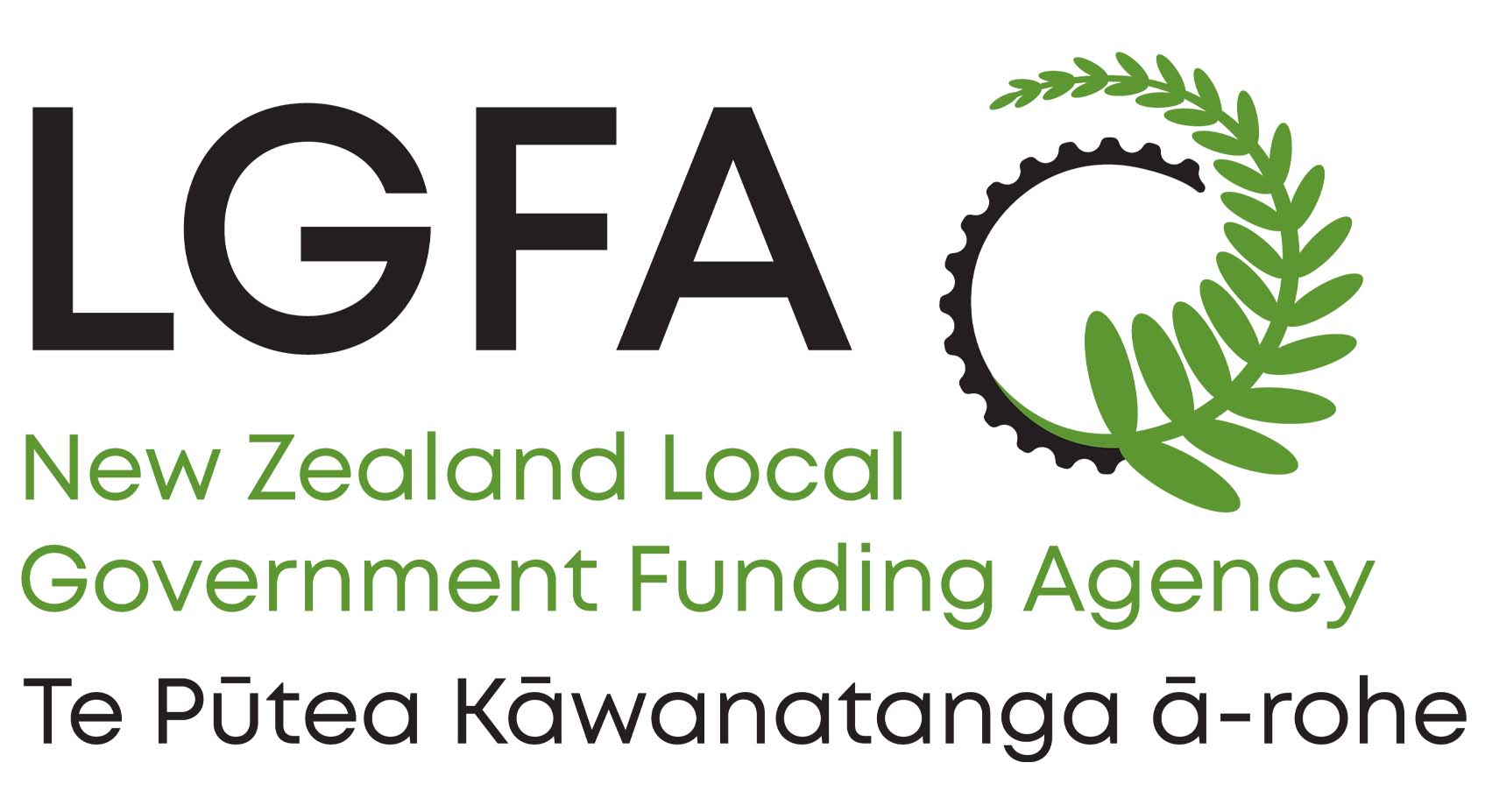
LGFA spreads the net
In the last 12 months, New Zealand Local Government Funding Agency has expanded its funding mix to include a debut Sustainable Financing Bond and a jumbo Kangaroo transaction. Mark Butcher, the agency’s Wellington-based chief executive, talks to KangaNews about the motivation behind diversification.
Earlier this year, New Zealand Local Government Funding Agency (LGFA) priced a Sustainable Financing Bond (SFB) to fund use-of-proceeds loans and sustainability-linked climate action loans (CALs). How has this issuance approach been received?
The May 2030 bond was well received by the market and met our financial and nonfinancial objectives. It achieved volume and pricing targets but was also an opportunity to showcase what LGFA has been doing to promote sustainability and climate change initiatives across our member councils.
It was important to demonstrate to councils that there are sustainable issuance opportunities. It also helps us engage with councils and urge them to consider projects that are eligible for green, social and sustainability (GSS) loans or put in place emission reduction plans that meet our CAL criteria.
We were pleased to experience greater investor engagement compared with a vanilla bond issue and we had a small number of new investors participate in the syndication. The bond is performing in line with other LGFA bonds and there is no noticeable pricing differential either at issuance or in the secondary market.
We consider it to be like any other LGFA bond issue in that it is listed on the NZX debt market, and we wanted to have at least NZ$1 billion (US$616.3 million) on issue to ensure secondary market liquidity.
It has been the most highly traded of our 11 bond maturities on the NZX, so it is finding favour with retail investors – albeit this could also be due to its maturity profile and pricing close to par as well as its sustainability flavour.
In New Zealand dollars, we want SFBs to be a core part of our liquid yield curve so it is likely we will use the sustainable asset pool solely to back New Zealand dollar-denominated SFBs. We have a cap of NZ$3 billion per LGFA bond but have tended to launch at least one new maturity per year.
LGFA priced its first-ever Australian dollar benchmark, for A$1 billion (US$672.7 million), on 25 July. What is the strategy behind exploring the Kangaroo market and could it become an ongoing funding source for the LGFA?
The 2034 nominal green bond appears to behave similarly to our conventional nominal bonds. It is priced fairly to the curve and turnover data for the line is consistent with other conventional lines at similar maturity points.
We have included the 2034 nominal green bond in our regular weekly tender schedule. We expect to tender more volume into this line when it is closer to becoming the 10-year benchmark and will focus on increasing volume before considering launching additional green bond lines. As with our conventional bonds, we anticipate tendering into this line at different points across its lifetime.
The approved eligible expenditure for green bonds is now NZ$9.3 billion, up from NZ$6.8 billion when the programme was launched.
Two developments in New Zealand could affect future LGFA funding: the Three Waters reform programme and the Reserve Bank of New Zealand’s liquidity policy review (LPR). How does LGFA account for and communicate around any uncertainty these create for its longer-term funding outlook?
To date we have assumed the Three Water reform programme will not proceed. This is our best base case, and when we have decided what role LGFA may or may not have in funding the water services entities we will announce any changes to our funding programme. We provide quarterly funding updates and believe we are flexible enough to adjust quickly.
Regarding the LPR, the RBNZ is scheduled to provide some further post-consultation feedback this coming quarter. Hopefully it will listen to the market concerns regarding the unintended consequences of its original proposal.
As a constant issuer, it is better in times of uncertainty to have additional liquidity and to meet the market with issuance – so we have issued shorter-dated bonds to meet demand. Investor engagement becomes even more important and we have been actively engaging with all our offshore and domestic investors.
We have seen increasing secondary market activity and continued offshore buying of LGFA bonds since the LPR was announced. Supply has come from our primary bond issuance as well as bank balance sheets reducing their holdings but increasing the duration of LGFA exposure. To date, investors have only had questions on implications for LGFA and supranational, sovereign and agency Kauri bonds, rather than any selling or reduction in liquidity.

HIGH-GRADE ISSUERS YEARBOOK 2023
The ultimate guide to Australian and New Zealand government-sector borrowers.

WOMEN IN CAPITAL MARKETS Yearbook 2023
KangaNews's annual yearbook amplifying female voices in the Australian capital market.









